Simple food. Slow Food
Milan is one of the strongholds of Slow Food, a movement that focuses on the simplest of pleasures, the culture of eating well, and the preservation of the best products.
At the Latteria on Via San Marco, every single chair is taken–as usual. Maria is firm: come back tomorrow.
Latterie are the Italian version of dairy shops. In Milan, they also used to prepare simple food, but over the years this tradition has been outrun by countless bars offering panini, salads, starters (pasta, risotto), or simple daily specials. In the center of the Lombard capital, which the presence of so many Italian regional cuisines has turned into a mecca for gourmets, only a handful of latterie have survived.
However, some of them have evolved. The Latteria on Via San Marco, for example, became a trattoria years ago and now foodies’ mouths water at the very sound of its name. And it’s not because of the enthusiasm with which the waiters in uniform recite the tempting items on the menu, nor because the wine list seems like a catalogues of antiques, but rather because Maria and Arturo serve simple, down-to-earth recipes (such as risotto milanese or orecchiette with broccoli) with such skill that the very thought of a vitello alla milanese makes them smile in anticipation.
To enjoy eating, even the simplest of foods, is also the Slow Food philosophy. When the first fast food business opened in Rome in the 1980s, food writer Carlo Petrini, from the Piamontese town of Bra, joined a handful of friends to found the Slow Food association.
Since then, Slow Food has grown to become a truly international movement. As it voiced in one of its manifestos, the movement, whose logo is a snail, aims to “protect all things peaceful, sensual, and down-to-earth, especially in this age of ‘fast life’,” because pleasure comes first, and everyone has the right to experience it.
Slow Food advocates met in what are called “brotherhood meetings” or “round tables.” They share a firm commitment to protecting regional agricultural products, preserving culinary traditions, and promoting environmentally aware tourism. They grant an award for the protection of biodiversity and, in a project called The Ark of Taste, have developed a network of nutrition scientists, producers, and professionals to document and protect food production methods and native species of plants and animals. They also organize nutrition and food-tasting fairs.
As an eco-gastronomical lobby, the Slow Food movement is a powerful player–not only in Turin, Milan, or Rome, but also in Brussels. And Carlo Petrini is especially proud that Slow Food has been recognized by the PAO, the UN authority on nutrition, as an official partner. Slow Food is on the front line in the fight against the use of genetically modified foods.
Carlo Petrini has struggled to help food and cooking break the boundaries of its cultural niche, which is dominated by eccentric gourmets and well-meaning bon vivants. Ultimately, gastronomy deals with the art of nutrition, and therefore with fulfilling a basic human need. It’s about plants and animals, about endangered species, and about the new species being introduced. It’s about history, world hunger, and a market economy that can be compatible at a global scale. It is about culture, ethics, and customs, as well as about the art of cooking: craftsmanship combined with art.
Needless to say, the best occasion to talk about Slow Food is over a meal. So… if you go to Italy, where the Slow Food movement began, you won’t want to miss the following restaurants in Milan: comforting, family-run, small-scaled, and perfect for basking in the flavors of life.
http://www.trattoriadaabele.it/
http://www.grandhotelosteria.it/
http://www.latteriadicameri.it/
http://www.osteriadeltreno.it/
http://www.enotecaombrerosse.com/
http://www.trattoriadelnuovomacello.it/
To find out more about the Slow Food movement and its manifesto, visit:
http://slowfood.es/manifiesto-slow-food/

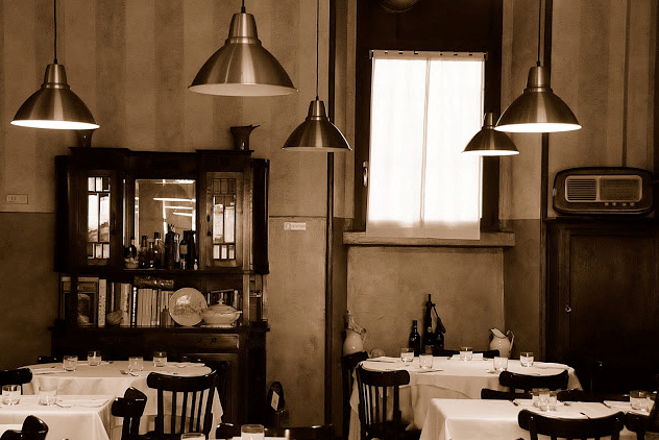
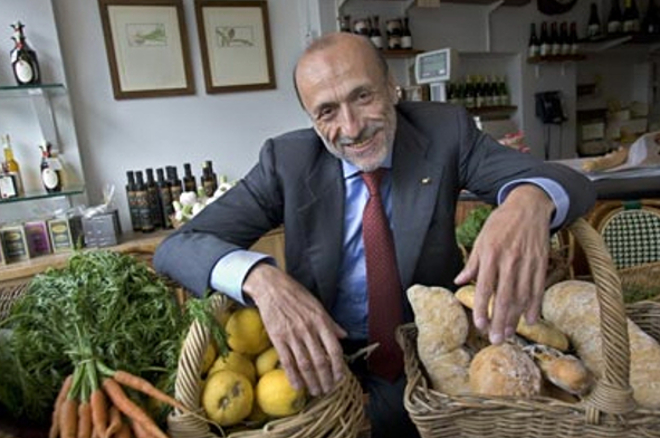
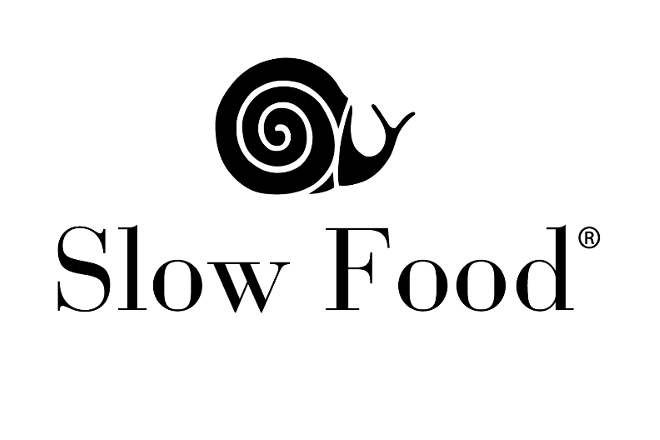
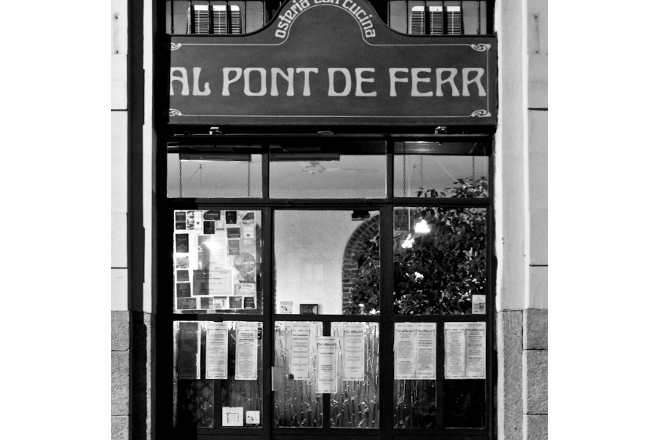
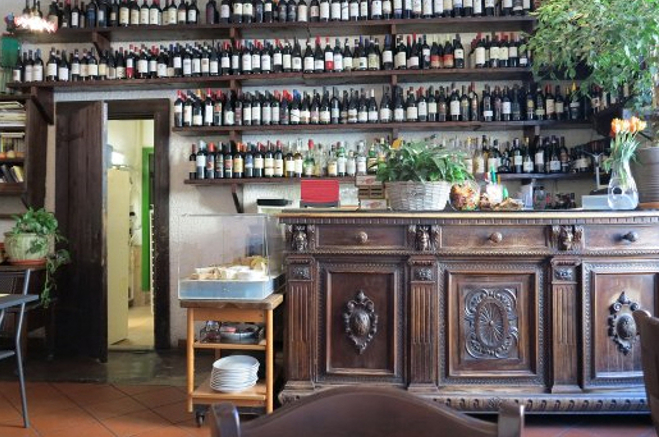
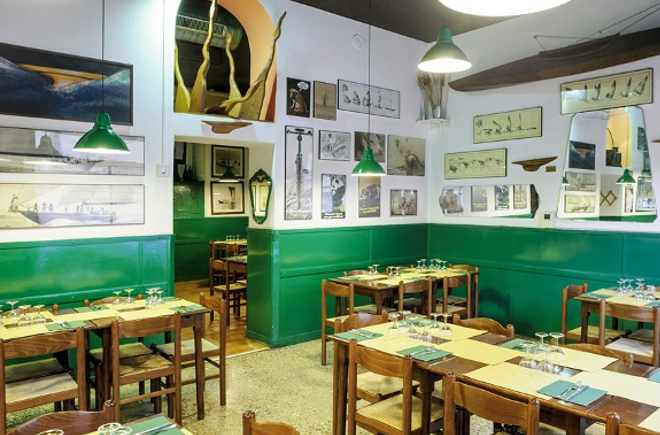
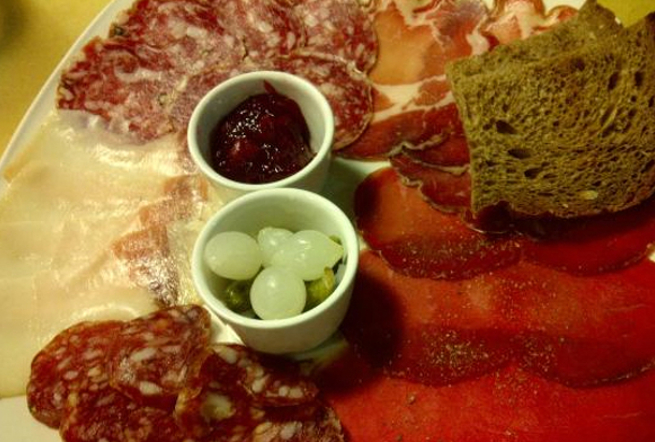

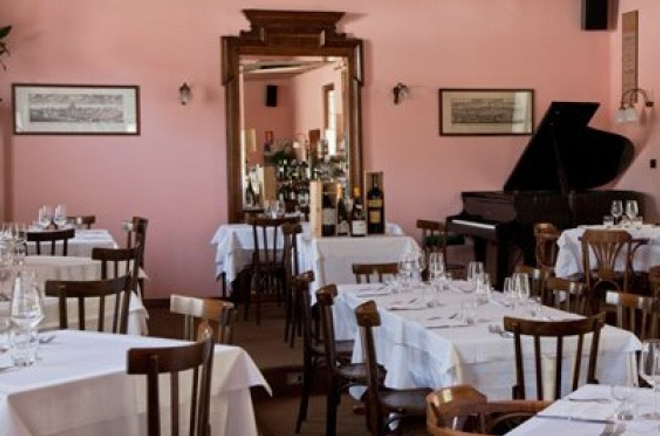
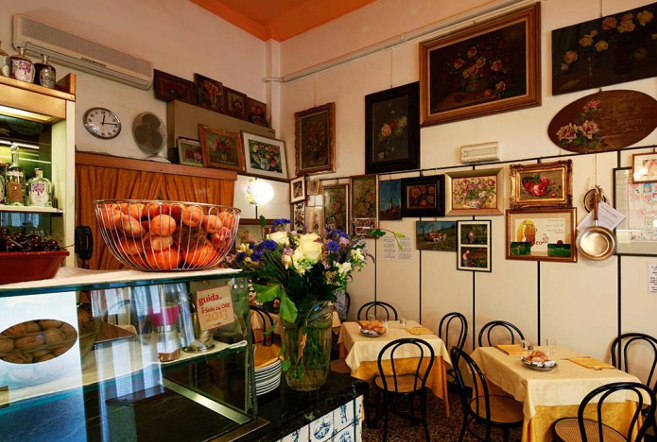
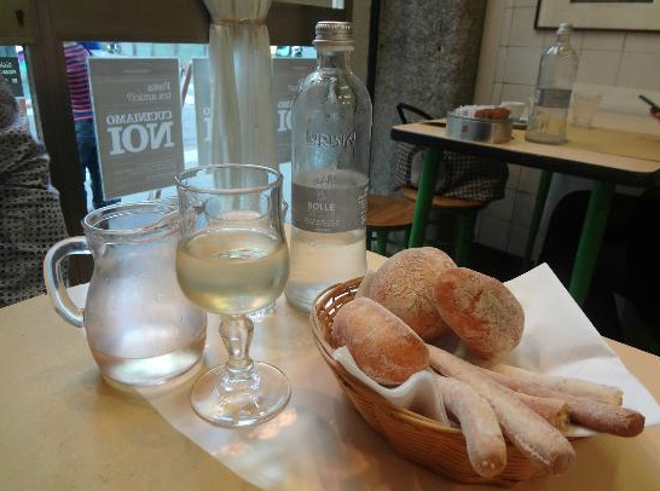
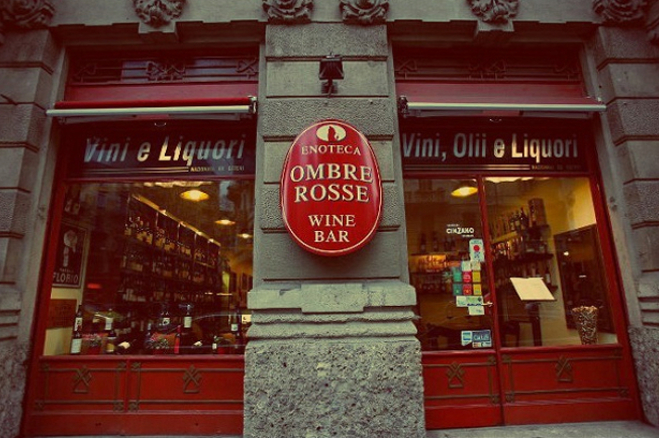
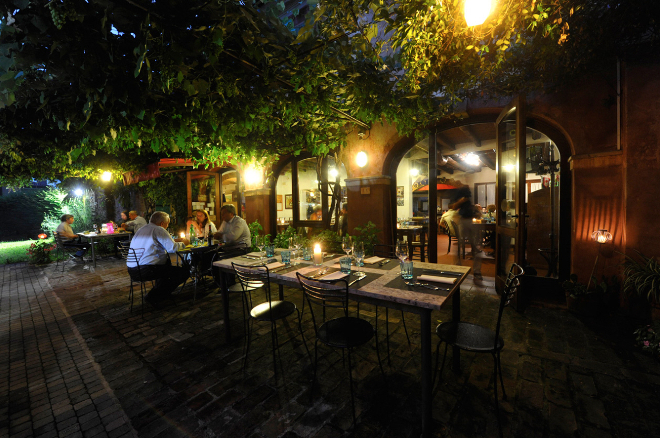
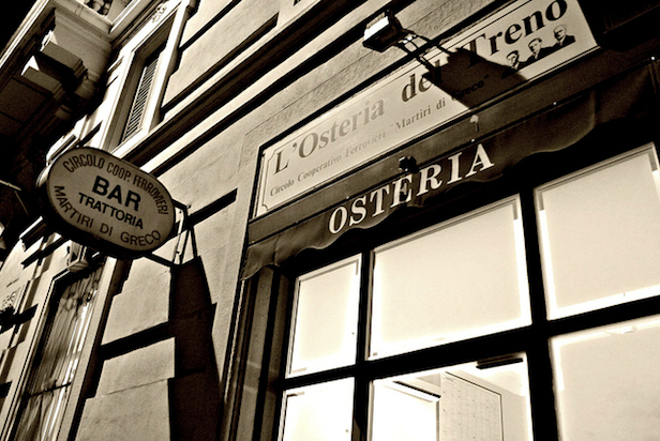
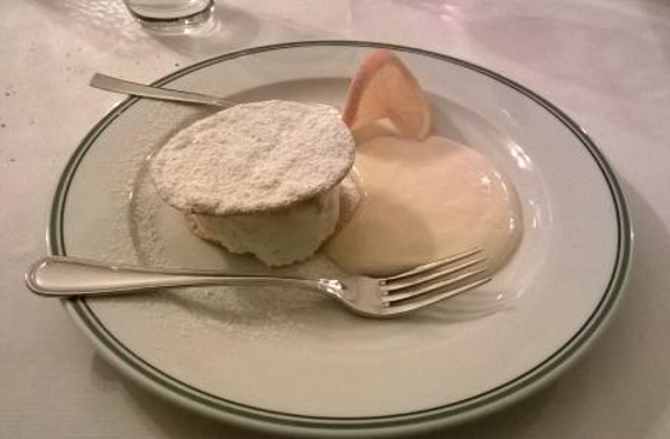





This entry has 0 Comments